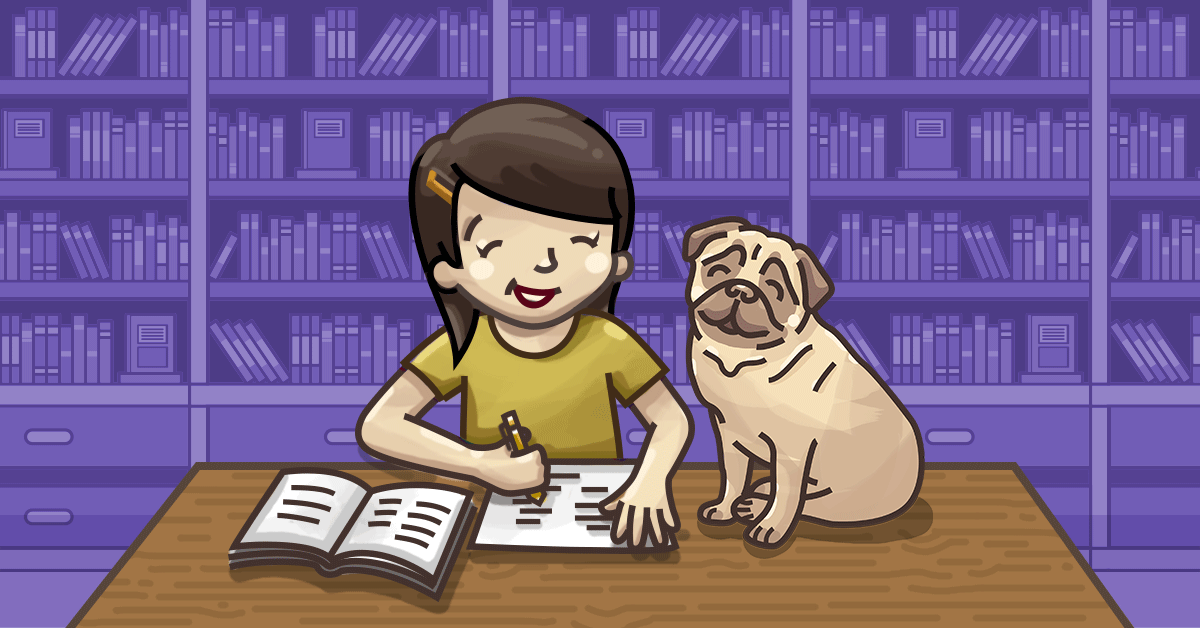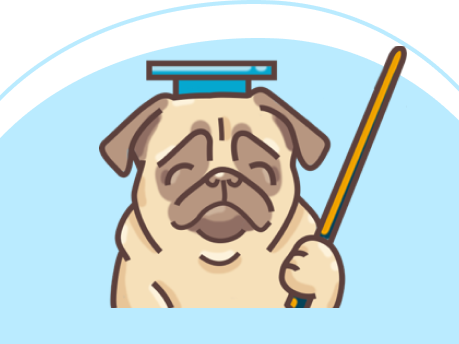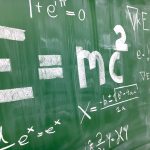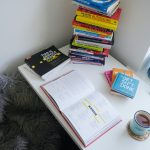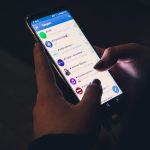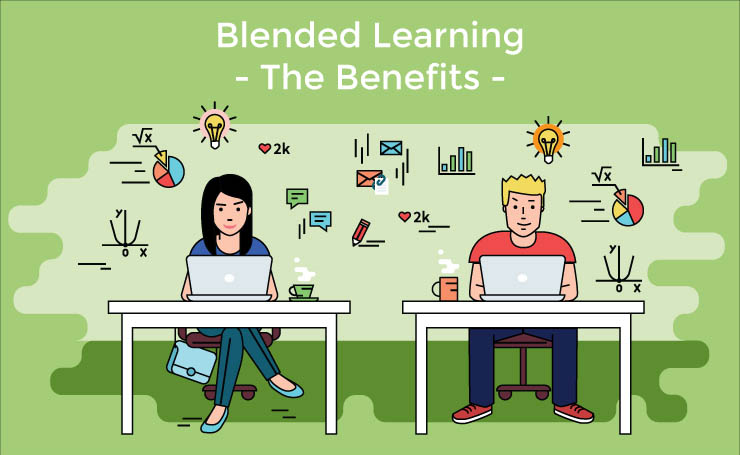A lot of students are struggling in Math, especially these days, given that many of them find this particular subject boring and complex compared to other subjects that are far more interesting in nature.
But numbers are very vital in today’s business age –and can tremendously affect ones’ future career if you’re good at it.
Math is one of the foundational skills anyone must have in order to succeed in the future.
Luckily, here at StudyPug, we aim to help teachers and parents (especially those who are homeschooling their kids) to find useful resources that can help them make teaching Math easier.
So we’ve listed below some of the most useful elementary resources – from Kinder to 5th grade – that you’ll find on the web.
The Ultimate K-6 Math Cheat Sheet
Kindergarten Mathematics Resources
A list of hands-on activities using materials and math concepts in real-life situations:
- Finding groups of things from 1 to 10
- Same or Different
- Taller or Shorter
- Count by 10
- Express a sum using manipulatives
- Explain subtraction using manipulatives
- Math in the Home: Activities that explain using math in the home
- Math at the Grocery Store
- Recognize the Names and Values of Coins – identify the value of a penny and nickel
- Coin Recognition and Value Song – uses a song to teach coin value
- Fill in the missing number
- Counting
- “Hokey Pokey” – is used to learn different shapes
- Identify, sort, and classify objects
- Matching Shapes
- Pocket Counting Game -Students sit at tables and count how many pockets they have among themselves
- Patterns
Grade 1 Math Resources
Content includes algebra, patterns, geometry, measurement, statistics, probability, number relationships, and computation:
- Inverse Relationship Between Addition and Subtraction
- Addition
- Subtraction
- Addition and Subtraction Facts to 20
- Addition with Number Sentences
- Justify Answers
- Farm Shapes – Students try to locate a specific shape in the scene
- Calculator – This site displays a basic calculator. Students can add, subtract, multiply, and divide
- Compare and order whole numbers to 10
- Number Sequencing – Fill in the missing number
- Fractions – This site explains fractions and allows students to practice counting fractions through a timed game
- Counting and Place Value
- Matching Numbers with their Names
- Comparing Numbers – Explains greater than, less than, and equal to. Students can practice the concepts
- Estimating Sums – Gives an explanation of rounding and students can practice
- Counting Coins – Teaches how to count money
- Small & Large
- Short & Long
- Short & Tall
- Light & Heavy
- Empty, Full, Less, and More
Grade 2 Math Resources
Content includes algebra, patterns, geometry, measurement, statistics, probability, number relationships, and computation:
- Activities that discuss using math in the home
- Construction Ahead! – Students design stronger and more efficient houses for the three little pigs
- Links to addition: Numbers to 12
Numbers to 18
Numbers to 100 - Links to subtraction: Numbers to 12
Numbers to 18
Numbers to 100 - Links to multiplication: Numbers to 12
Students can practice skills - Inverse Relationship Between Addition and Subtraction
- Milestones – Students draw a timeline indicating how many years until they reach important events in their lives…ex. Driver’s license, voting
- Texture in Music and Mathematics – Relate math to texture by grouping musical instruments
- Calculator – Students can add, subtract, multiply, and divide
- Use the calculator to create number patterns – “Students will learn how to use the ‘counting constant’ function of the calculator”
- Addition and Subtraction – explains the processes and enables students to practice
- Addition and Subtraction
- Problem solve combinations of coins
- Money Desk: Click on Room 108, click on Math, click on Try the Room 108 Money Desk
- Currency – Click on 2nd grade, scroll down to Consumer math
- Addition
- Subtraction
- Estimation by Rounding – click on Estimation
- Estimating a Difference by Rounding
- Identify and use a variety of shapes to make a hat
- Geometric Shapes in Architecture – Basic geometric shapes are used in architecture
- Tracking Local Weather
- Surprise Snack! – Students prepare a simple recipe and plan for a surprise guest
- Gathering Data – displaying data, summarizing, and organizing data
Grade 3 Math Resources
Content includes algebra, patterns, geometry, measurement, statistics, probability, number relationships, and computation:
- Activities that discuss using math in the home
- Construction Ahead! – Students design stronger and more efficient houses for the three little pigs
- Addition 2-digit numbers to 100
- Subtraction 2-digit numbers to 100
- Multiplication-numbers up to 12
- Milestones – Students draw a timeline indicating how many years until they reach important events in their lives…ex. Driver’s license, voting
- Multiplication – Exploring multiplication and the properties of multiplication
- Harriet Goes to the Circus – Uses literature to teach numbers and numeration
- Working With Number Sense: “Students will demonstrate knowledge of numbers by translating written words into numerals and by working within groups to represent both small and large numbers”
- Math Through Rhythm – Students make movements according to a particular rhythm given
- Basic Calculator – Students can add, subtract, multiply, and divide
- Use the calculator to create number patterns – “Students will learn how to use the ‘counting constant’ function of the calculator”
- Addition and Subtraction of Fractions
- Bingo Blitz – Students complete math problems on a bingo card
- Let’s Go Shopping – Students create a list of clothes necessary to be completely dressed and go shopping for those clothes
- Decimals – This site explains decimals and allows students to practice what they have learned
- Place Value – This site explains place value and allows students to practice what they have learned
- Fractions – This site explains fractions and allows students to practice what they have learned
- Fun with Counting Coins – Students match coins with specified values
- Time is Money – Students set up the classroom like a store. They purchase items to reinforce addition and counting money
- Estimating and Rounding – This site explains estimation and rounding of whole numbers and decimals and allows students to practice
- Tic-Tac-Toe – Students use a tic-tac-toe game to practice estimation
This site offers multiple lesson plans. Scroll down to view the various lesson plans - Area and Volume – Describe the difference between area and volume
- Volume – Estimate, measure, record, compare, and order objects and containers
- Volume of the mouth – Learn to measure the volume of an irregularly-shaped container
- Measurement, area and perimeter – Not all items with the same perimeter have the same area
- An introduction to Estimation and Measurements – Students will convert ounces to pounds, measure liquids, and describe measurements in sizes
- Geometric Shapes – Students will be able to identify geometric shapes
- Identifying and Classifying Polygons – Defines polygons and discusses how polygons are found in the classroom
- Functional Relationships – Applying mathematics toeveryday situations such as buying groceries
- Probability: The Lesson of Chance. Students are introduced to the theory of probability by playing a game
- A Concrete Approach to Relative Frequency – A lesson in probability using cracks in the sidewalk
- Multiplication – Exploring multiplication and the properties of multiplication
- Problem Solving – Use problem solving strategies to play a game. Scroll down to locate
Grade 4 Math Resources
Content includes algebra, patterns, geometry, measurement, statistics, probability, number relationships, and computation:
- Activities that discuss using math in the home
- Construction Ahead! – Students design stronger and more efficient houses for the three little pigs
- Addition Robbery – Students practice addition and subtraction
- Addition, Subtraction, Multiplication, and Division Possibilities – “Given answers with blanks for the numbers involved in the operation, students will be able to find possible numbers to make the solution “Scroll down to locate
- Addition – 2-digit numbers
- Subtraction – 2-digit numbers
- Addition – 3-digit numbers
- Multiplication – Numbers to 12
- Multiplication – Numbers to 100
- Coded Messages – Students create and write code and decode messages:
- Putting it All Together – Students use numerical data to help them understand their community
- A Living Timeline – Students create a timeline of their town’s history
- Functional Relationships – Applying mathematics toeveryday situations such as buying groceries
- Music Basketball for Sports-Minded Students – Students will be able to identify the value of music notes and rests
- Wall Street Rookies – Discusses the role of supply and demand, money, and the economy
- Basic Calculator – Students can add, subtract, multiply, and divide
- Use the calculator to create number patterns – “Students will learn how to use the ‘counting constant’ function of the calculator”
- Addition and Subtraction of Fractions
- Fractions – This site explains fractions and allows students to practice what they have learned
- Area and Volume – Describe the difference between area and volume. This site offers multiple lesson plans. Scroll down to view the various lesson plans
- Volume – Estimate, measure, record, compare, and order objects and containers
- Volume of the mouth – Learn to measure the volume of an irregularly-shaped container
- Measurement…area and perimeter – Not all items with the same perimeter have the same area
- An introduction to Estimation and Measurements
- Probability: The Lesson of Chance. Students are introduced to the theory of probability by playing a game
- A Concrete Approach to Relative Frequency – A lesson in probability using cracks in the sidewalk
- Geometric Shapes – Students will be able to identify geometric shapes
- Identifying and Classifying Polygons – Defines polygons and discusses how polygons are found in the classroom
Grade 5 Math Resources
Content includes algebra, patterns, geometry, measurement, statistics, probability, number relationships, and computation:
- Math Scramble – Students find other students in order to solve math problems
- Creating Decimals out of Paper – Discusses what decimals represent
- Angles – Students determine the number of degrees of an angle
- Box and Deliver – longitude and latitude plotting skills
- Addition 3-digit numbers – students can practice skills
- Multiplication numbers to 100 – students can practice skills
- Addition 6-digit numbers – students can practice skills
- Subtraction 6-digit numbers – students can practice skills
- Addition with 1 decimal digit – students can practice skills
- Addition with 2 decimal digits – students can practice skills
- Subtraction with 1 decimal digit – students can practice skills
- Picture of a Nation – students use statistical data and represent it graphically
Sources:
- List of elementary math web resources originally created by Baltimore County Public Schools.
- Infographic from Math Game Time


